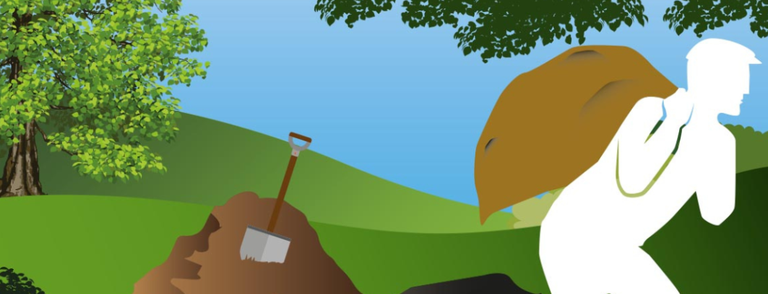At this time of year, there may well be hunts, coursing or badger baiting happening in your local area. The difficulty is knowing how to identify them.
Wildlife crimes are more common than you think. At this time of year, there may well be hunts, coursing or badger baiting happening in your local area. The difficulty is knowing how to identify them.
That is why our skilled professional Investigators, with their many years of experience, have compiled the top five signs that a wildlife crime could be happening near you. Once you know what to look out for, make sure you report anything suspicious to our supporter-funded Animal Crimewatch reporting service.
One: Men with spades and dogs
If you were walking in woodland, or between hedgerows, and saw a group of men with spades, it might well strike you as suspicious. With terriers and lurchers huddled at their feet, you might wonder what the group is doing. What you probably wouldn’t realise, though, is that you may have just witnessed badger baiting, and you should call Animal Crimewatch.
In addition to spades, a group of badger baiters may carry nets, metal poles, toothed forks, or shotguns. These tools are all designed for digging the badgers out of their setts, and then killing them.
You may find the group digging up the ground in a woodland area or hedgerow, with dogs tied up beside them, ready to pounce.
The cruelty of badger baiting is unrivalled. If you think you might have seen it, please contact our Animal Crimewatch as soon as possible.
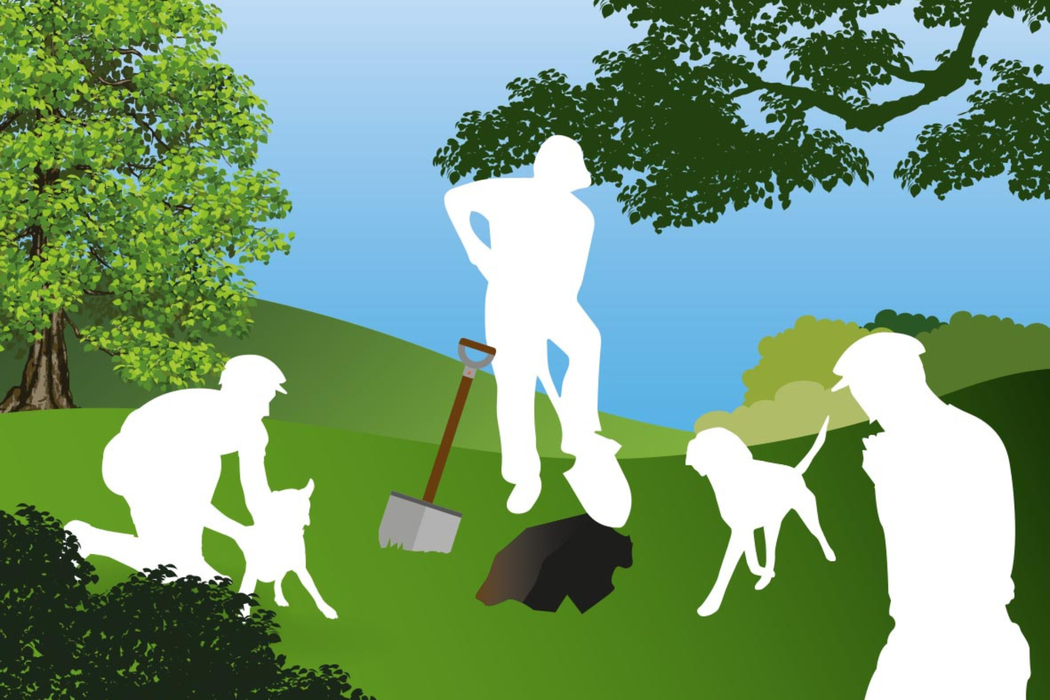
Two: Suspicious sacks
In the aftermath of badger or fox baiting, the animals are often transported away from the location to be baited elsewhere.
You might see men carrying large sacks with live animals inside. This is naturally suspicious, and between the sacks and the yapping dogs you might well be able to piece together what is happening. So make sure you report it, if you can. By doing so, you may save an animal’s life.
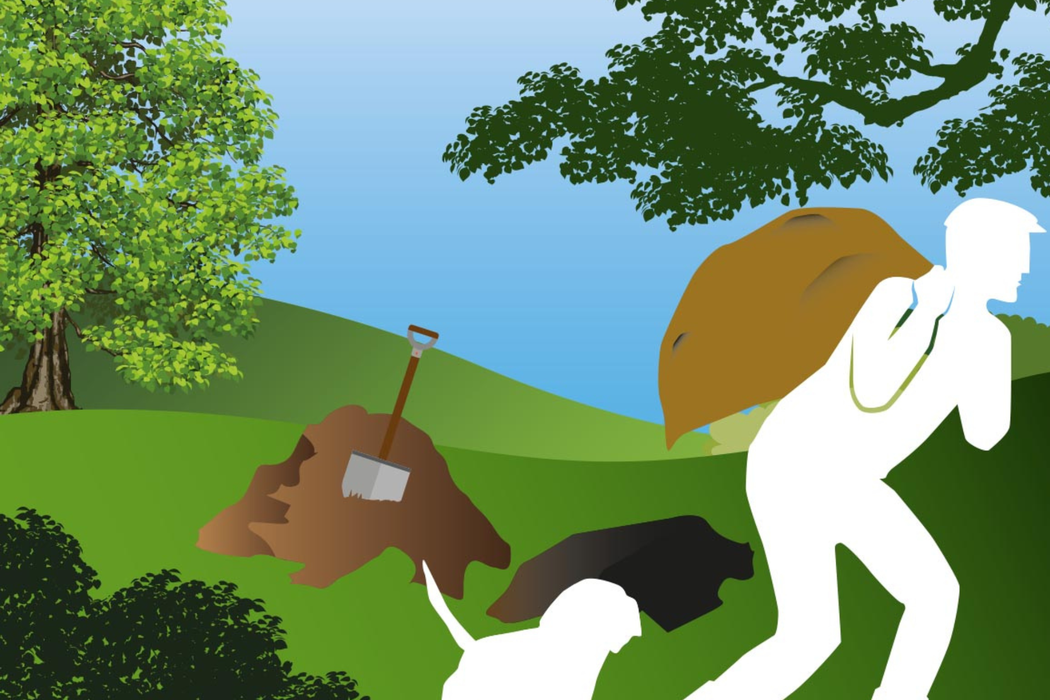
Three: A dug out sett
If your woodland walk takes you past a mound of freshly dug soil, it might not be enough to give you pause. After all, many animals dig. There are a number of innocent explanations why there might be a fresh hole in the ground.
However, you should take a closer look. If the hole is wide, and shaped like a sideways ‘D’, it might be a badger sett. If that badger sett has fresh spade marks it may well have been dug into.
In addition to spade marks, check for fur, blood, rope tethers and even shotgun cases. All of these are clear signs that badger baiting may have taken place.
Remember, badgers are not the only victims of this cruel sport. Fox baiting is also common. So if you see a hole in the ground that is surrounded by spade marks and fur, you should report it, even if it doesn’t look like a badger sett.
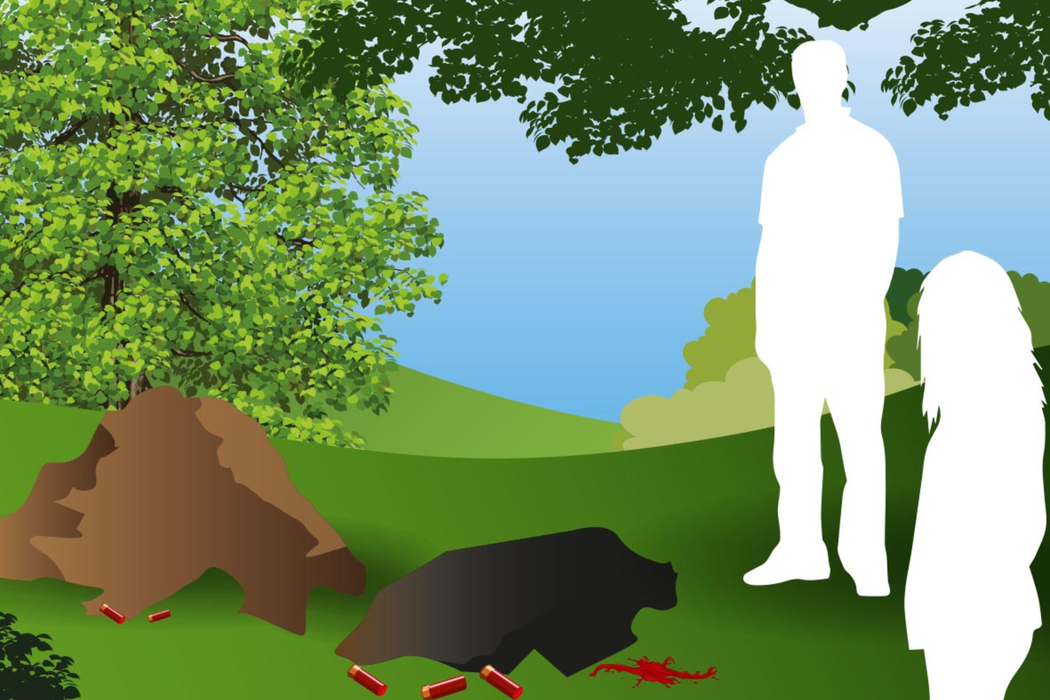
Would you like to do more to help badgers and foxes? Click below for more information about our work to stop badger and fox baiting:
Four: Slow-moving vehicles
Imagine you are walking through a field on a warm spring day and it is quiet all around you.
Then, the gentle sound of an idling car engine breaks through. You look up and see a four-wheel drive vehicle crawling along the road beside the field. It is moving slowly enough that you can get a good look in the windows. You see men and dogs inside.
This alone may alarm you. What are they looking for? The answer may well be hares.
Hare coursers drive slowly beside or through fields until they spot a hare. Then, they will release their dogs from the vehicle, sending them pelting after the hare. They will chase it down until it is either caught or gets away.
Alternatively, you may see hare coursers walking through fields with lurchers on leads, ready to chase after a hare.
Hare coursing is different to hare hunting, which is carried out by organised packs of hounds. Hare coursing pits two dogs against each other, showcasing their hunting ‘skills’, and it is generally done for money. It is illegal under the Hunting Act 2004 so make sure you report it if you see it
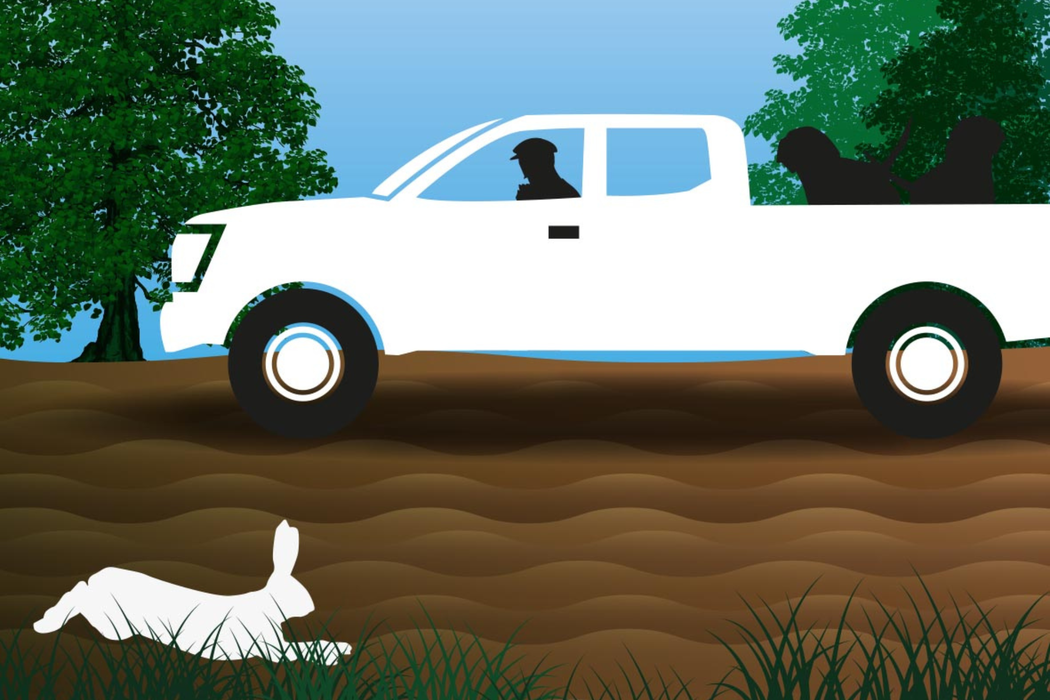
Would you like to do more to help hares? Click below for more information about our work to stop hare coursing:
Five: Patrolling the roads
Deer coursing is similar in many ways to hare coursing. Those men patrolling the roads with dogs may have been after deer instead. However, there are some subtle but important differences.
Deer coursing often takes place at night. It might be the high-powered beams of a car’s headlights that draw your gaze. The vehicle will be patrolling, slowly, beside fields, with dogs inside.
When deer are caught, they are not killed by the dogs, but rather stabbed to death by the coursers. The coursers then flee in their cars.
Suffice it to say, if you see dogs being released from a slow-moving vehicle, you should report it, regardless of whether it’s hares or deer who are at risk.
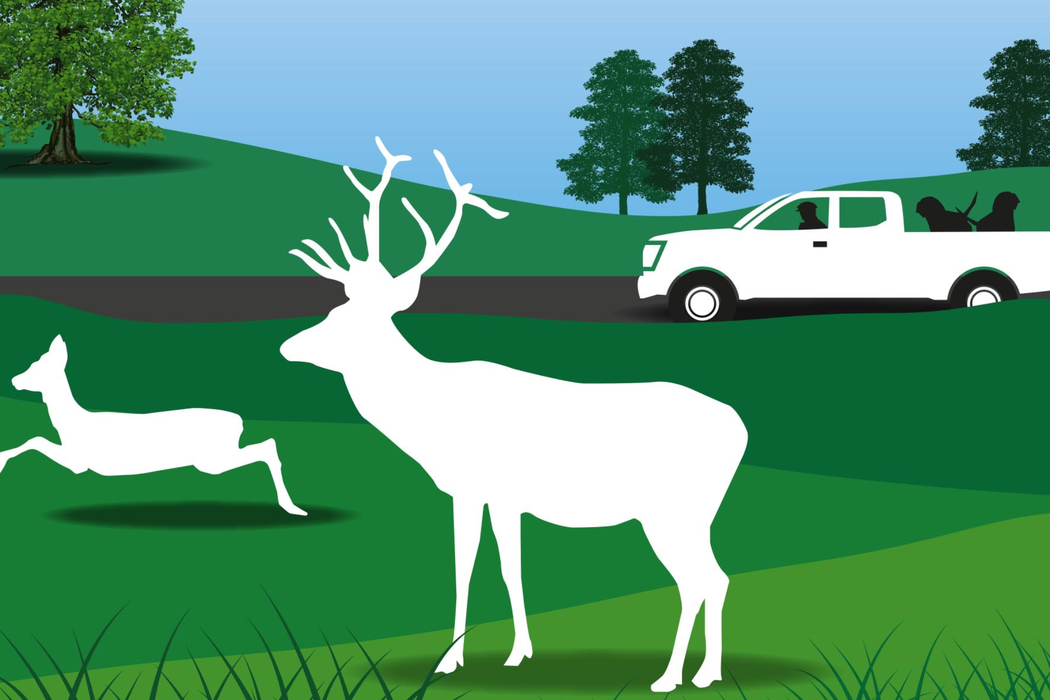
Would you like to do more to help deer? Click below for more information about our work to stop deer coursing:
Thank you for taking the time to learn these signs. Together, we can end the cruelty of baiting and coursing.
